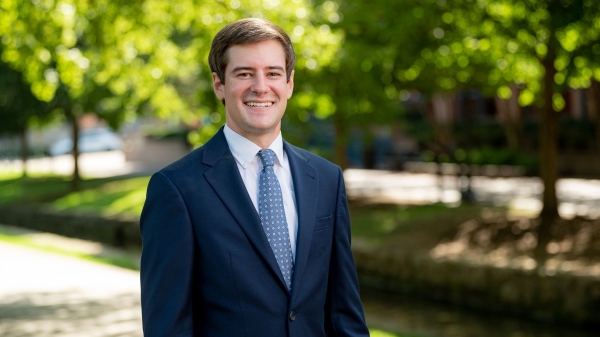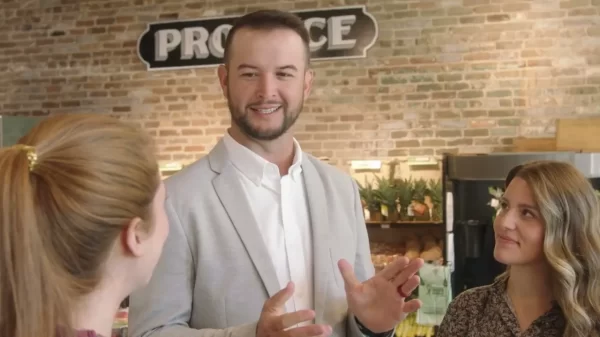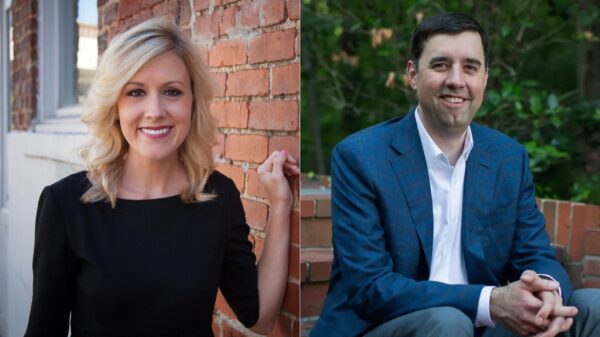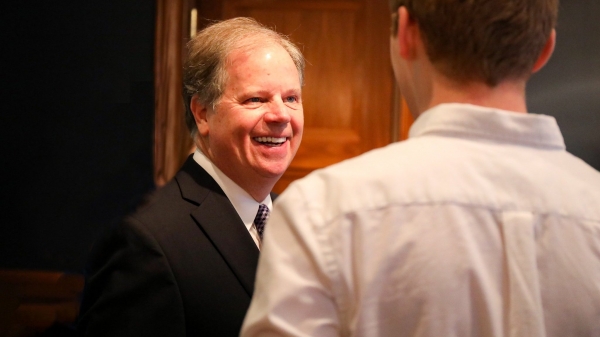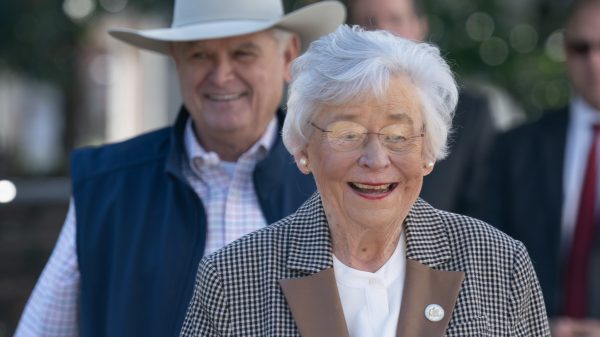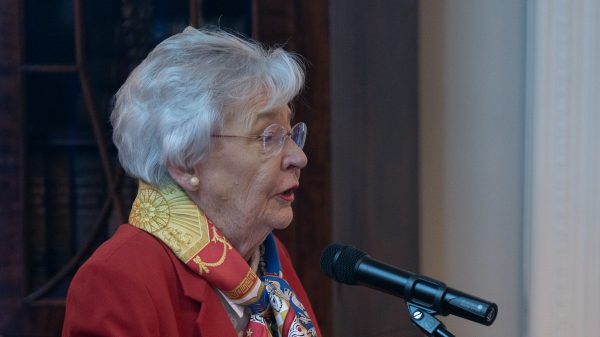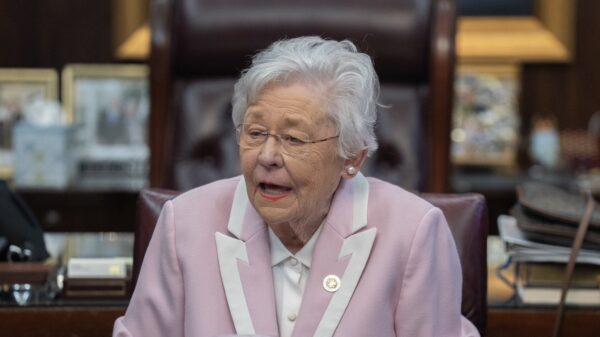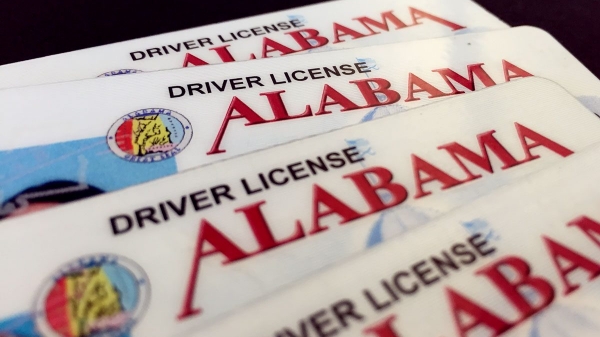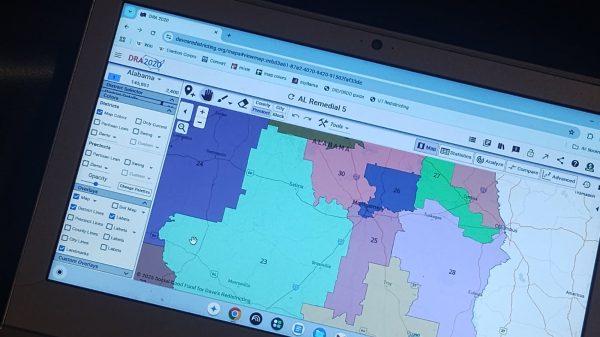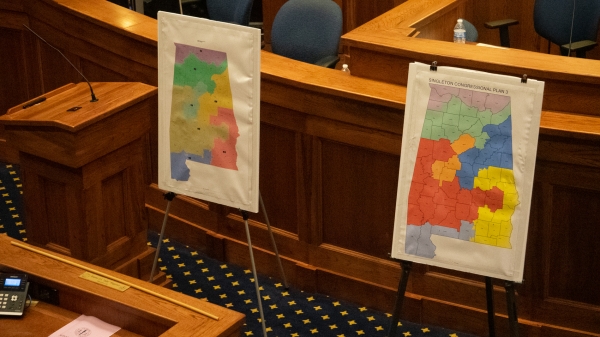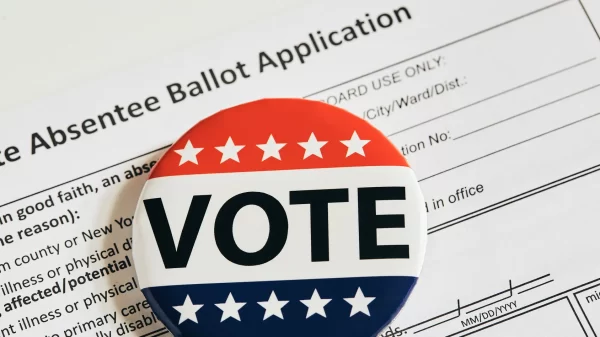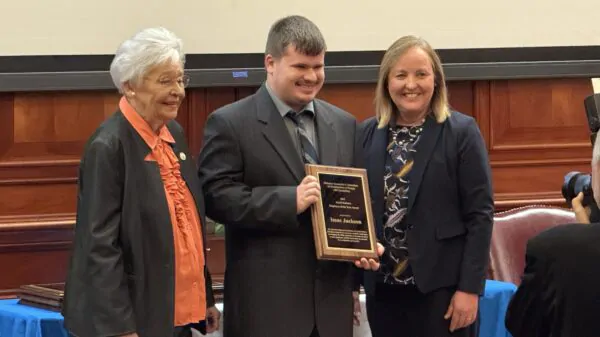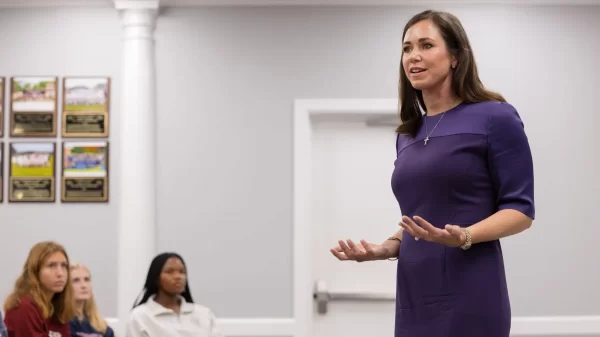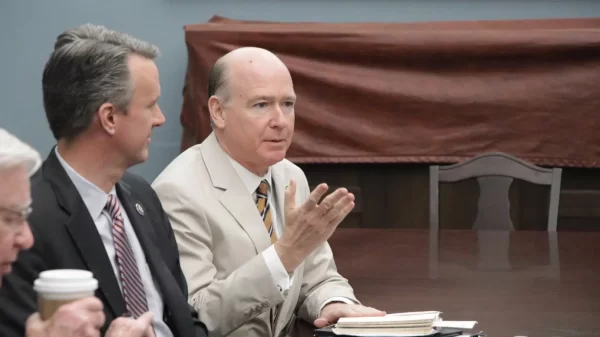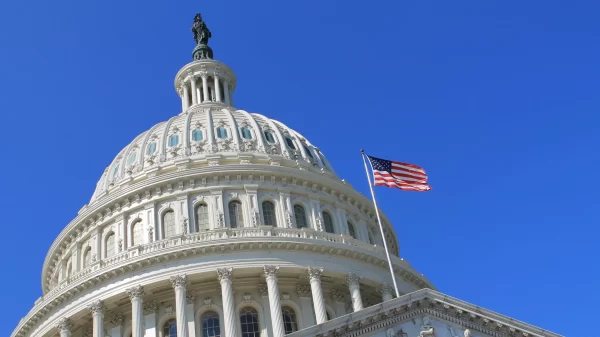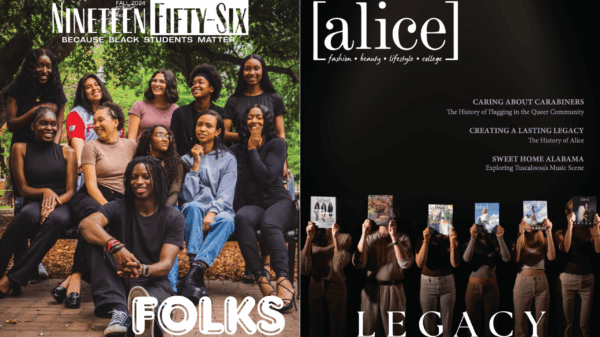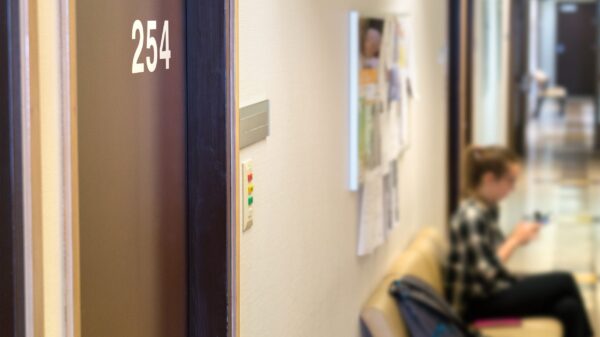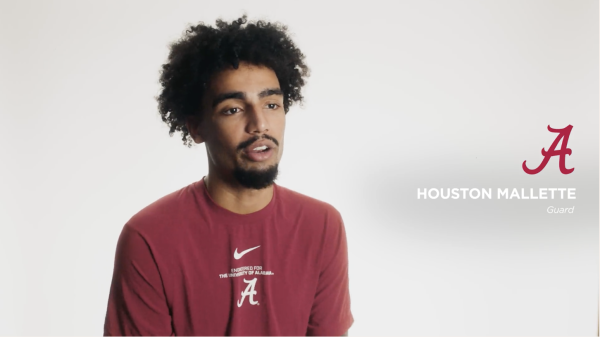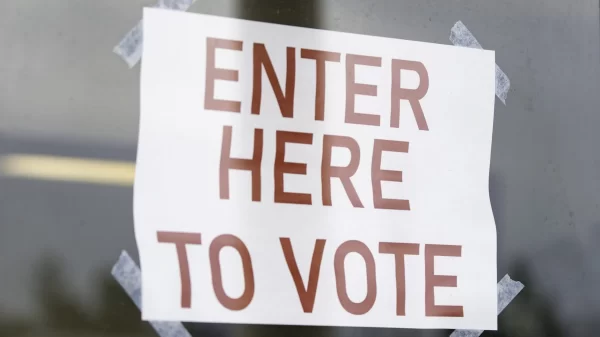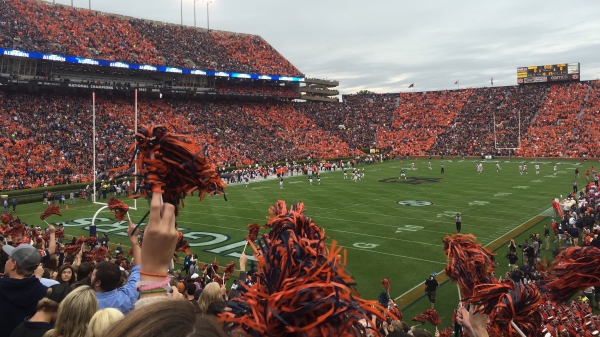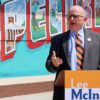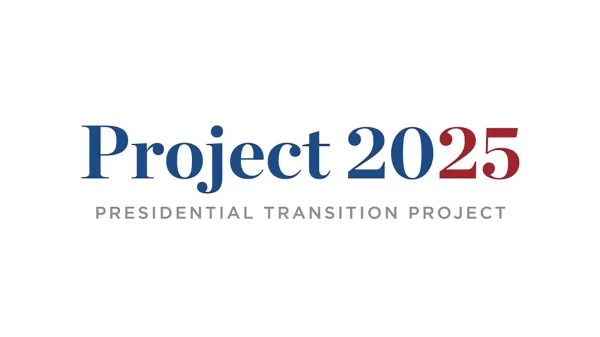Editor’s note: This piece is in response to a guest column published Wednesday.
The Alabama Policy Institute has their propaganda machine working overtime trying to convince us that the Alabama Accountability Act will not only cure ingrown toenails, make tomatoes grown and stop your husband from snoring, but is just the magic elixir to save public education in Alabama. You can see their latest diatribe here.
This is not the first time they have concocted a tale that is long on smoke and mirrors and short of facts. I have written about them several times. Here and here are two examples.
And I will tip my hat to these good folks. They are consistent. Unfortunately, they are consistently wrong.
This time Rachel Bryars says she wants to dispel four myths about AAA. Let’s take a look.
Myth #1: Scholarships steal money from public schools.
After wandering aimlessly through several paragraphs that are not really germane to her “Myth,” you realize she never makes her case. I wonder how much she really knows about the legislation and how it actually works.
All Alabama income tax paid to the Revenue Department goes to the Education Trust Fund. That is required by law. However, when someone gives money to send a student to a private school on a scholarship, they are given a dollar for dollar tax credit by the state. So instead of that money going to ETF, it is diverted FROM ETF.
That is the only way AAA scholarships get funded. By money, that by law is supposed to go to public schools but is short-circuited by this legislation.
Then she implies that Alabama schools are flush with cash, that the ETF is growing by leaps and bounds. However, she ignores the fact that our education budget remains less today than it was in 2008.
Then she wants us to believe that we are investing less in scholarship students than we are on public school students. Again, she compares apples and oranges. Public schools can not turn away students. They come in all shapes and sizes. And bring their problems with them, special needs students, students on feeding tubes, students with mental health issues, etc.
A friend has worked for many years at one of Montgomery’s largest and best known private schools. I asked her one time how many special ed teachers they have. She told me, ‘None. We don’t have any special ed students.”
Ms. Bryars should also note that the accountability act says that scholarships may go up to $8,000 per year for middle school students and $10,000 for those in high school.
Myth #2: Even high performing schools that don’t have any students transferring out on scholarship still “lose money.”
Obviously, Ms. Bryars does not understand the state’s education budget. It is one big pot of money. The state’s Foundation program funds every student in every system the same. Right now it is about $5,900 per student. When you prorate that statewide, you figure ALL students. You do not leave out those who go to Mountain Brook or Madison or Hoover or Vestavia. These systems have had just as much money diverted on a per-pupil basis as Lowndes, Bullock or Perry counties.
Myth #3: A University of Alabama study proves school choice doesn’t work.
Dr. Joan Barth and her associates at the University of Alabama have looked at the academic performance of students on AAA scholarships three times. Each time they have determined that there is scant difference in the academic performance of scholarships students and public school students.
Ms. Bryars contends that this means the scholarship students have grown academically. That they would have been way behind in performance had they not gone to a private school.
This is simply Monday morning quarterbacking. Like all the New Orleans Saints fans saying if the refs had not blown a call near the end of their playoff game, they would have won. That is mere conjecture.
For me, I think Dr. Barth has far more experience in such studies than me or Ms. Bryars.
Myth #4: The program should be repealed because not all scholarship recipients are zoned for failing schools.
Once again facts are ignored. When AAA was passed in 2013 it was all about helping kids stuck in failing schools by their zip codes. That’s why we have just released another laughable list of 76 “failing schools” across Alabama. Talk about a myth, that was one for certain.
Ms. Bryars should do her homework. She should look at info on the web site of the Revenue department that shows that of the 3,668 students on scholarships at the end of last September, only 1,226 of them were “zoned” for failing schools. Which means that a far smaller number have ever actually attended a “failing” school.
There are 722,000 public school students in Alabama. Some 163,000 are black students who can not afford to buy their lunch. These are the very students legislators said in 2013 that they wanted to help. But turns out, that was the biggest MYTH of all abut AAA.
s

